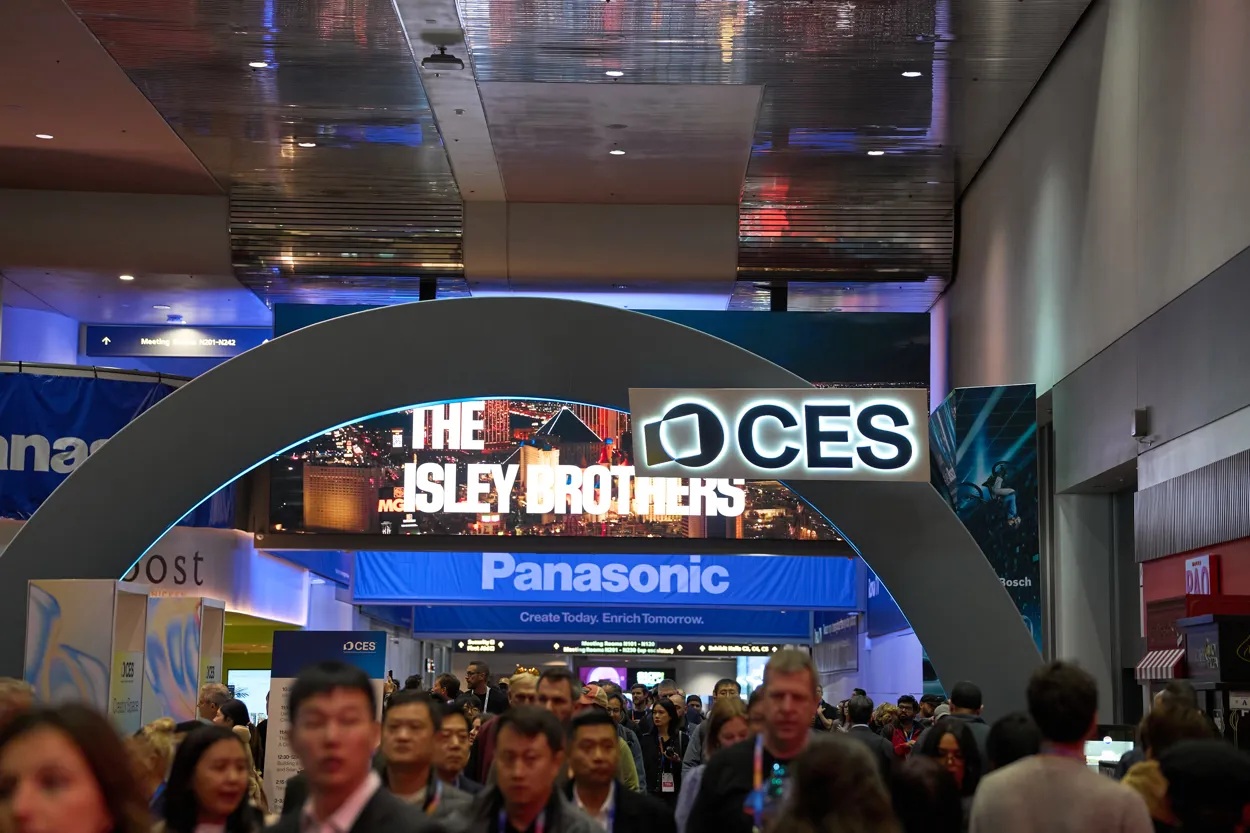FCC approves selectable output control; studios skittish about using it
On May 7, the FCC gave its approval of “selectable output control,” which allows content owners to reach into a pay-TV subscriber’s home TV and turn off its video outputs while a pay-per-view program is being watched.
The action was the result of a long campaign by Hollywood’s motion pictures studios. Finally, the studios could activate technology to protect new releases from being copied if they were sold through VOD systems before being issued on DVD.
Yet, no major film studio has yet disclosed a plan to take advantage of this new capability, and there’s good reason. What might at first seem an arcane matter — precisely when to put a movie for sale on cable systems and at what price — has been the subject of tense debate in the film industry.
The issue pits theater owners versus cable operators and could signal a major shift away from audiences paying box office prices at the movies. Theater owners have made clear to film distributors that they simply will not book films that are simultaneously available in another medium. This has the studios very worried.
Even so, several motion picture executives told the New York Times they expected to see one or more studios soon try to sell at least some films to an on-demand audience in advance of the DVD release, and one executive suggested it would happen as early as this year.
According to one executive, it appeared likely that any early experiment with on-demand films would be designed as a high-priced premium event. It might also be in collaboration with theater owners, who could somehow share revenue or get improved financial terms to make up for lost viewers.
The deeper concern is that even a slight nudge toward additional home viewing might help to break frequent moviegoers of their habit and jeopardize the $10 billion-a-year theater box office.
The professional video industry's #1 source for news, trends and product and tech information. Sign up below.
The added technological protection offered by the output control authorized by the FCC makes it easier for studios to capitalize on the enormous marketing expenditure behind first-run films, but that can happen only if theater owners allow it.
Also, home viewers have to overcome the suspicion that antipiracy technology might impede their TVs and recorders once they have allowed a studio film in the door.
